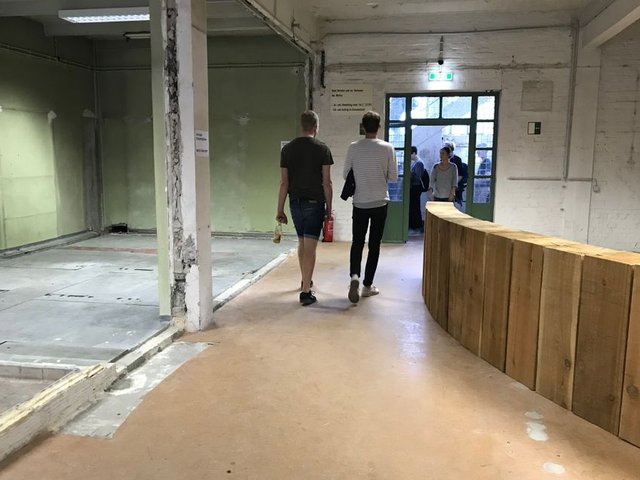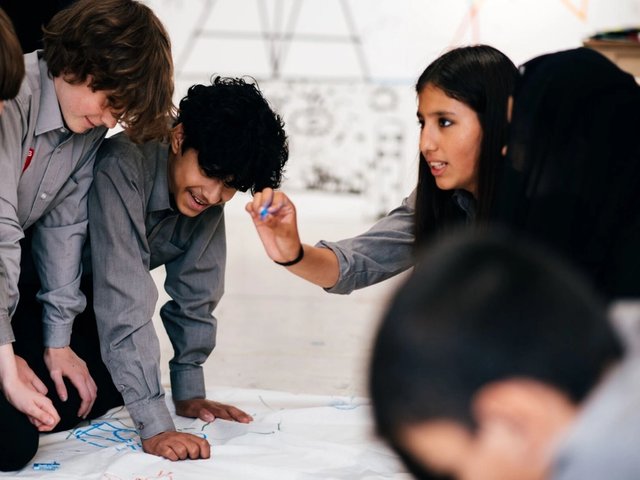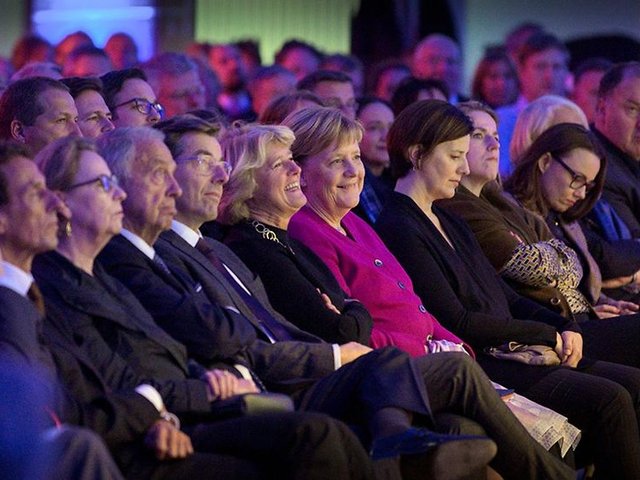Women are under-represented in decision-making positions in the German arts and earn less than men for equal work, according to a new study commissioned by the government and conducted by the Hertie School of Governance in Berlin.
Though women represent about 48% of the cultural workforce in Germany—a higher proportion than the six other countries included in the study—they hold only 21% of the top management positions at media companies and 16% of the decision-making positions at major culture departments, the study found. While they comprise 39% of the faculties of art colleges, only 20% of the presidents of art colleges are women. Yet two-thirds of students studying arts, humanities and media subjects are female.
The main barrier to advancement is that care of children or elderly relatives usually falls to women, the study said. Career breaks to raise children and the gender pay gap mean that their pensions are also significantly lower, according to the study.
While Germany has made significant progress in providing full-time daycare, it could learn from initiatives such as Italy’s Brave Fathers project, which aims to raise awareness of the need to share caring duties, and from Sweden’s parental leave policies, the study found. It also recommended increased monitoring of the gender gap and cited the French Culture Ministry’s regular reports as a model.
In Germany, women’s “access to advancement opportunities declines as the qualification level increases,” the study found. “The more prestigious, and, above all, the more endowed an academic position is in the cultural and media sector, the higher the tendency that it is held by a man.”
The study noted improvements in the proportion of women on music boards, in ballet companies and in creative leadership positions at theatres, and an increase in the number of exhibitions, films and dance productions featuring female artists and/or female perspectives.
“We still need to catch up in terms of the proportion of women in leadership positions in broadcast and media companies and in closing the gender pay gap,” says the culture minister Monika Grütters.





